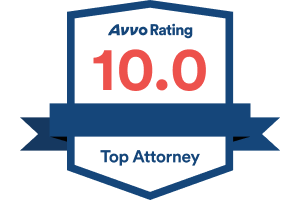California Employers
Legal Guides
- Potentially Discriminatory Interview Questions: A Guide for Employers
- Overview of Artificial Intelligence Issues in the Employment Context
- The Americans With Disabilities Act and AI: Assessing the Risks
- Title VII and AI: Generally Assessing Risk of Adverse Impact
- California’s Labor Code Private Attorneys General Act (“PAGA”)
- Direct Termination vs. Constructive Discharge
Client Reviews
“My team and I have turned to Steve Chanley's expertise for nearly 7 years for our various employment law needs. I consider him a vital partner in our organization's due diligence process in all areas of employment law, whether it is for consultation regarding labor law...
“I solicited Steve Chanley’s services on the advice of a business associate who had a positive experience with him. This was after trying two other lawyers in my area. So, my review here is based not only on Steve's performance in and of itself, but also as it compares...
“I am an independent contractor working as the Controller for small business manufacturing company. In this capacity I frequently have human resource issues come my way. It is never pleasant to need legal help but when this company found itself the target of serious...
Our Offices



Contact EAG
SoCal: (949) 277-0303
Central Coast: (805) 782-9900







